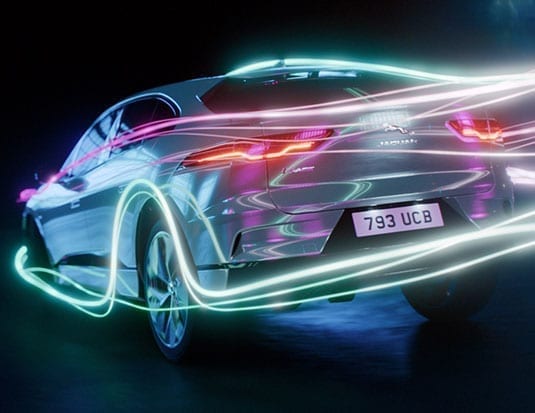Jaguar Land Rover will be building a range of new electrified models in the UK.
Jaguar Land Rover is planning to manufacture a range of new electric vehicles at its manufacturing plant in Castle Bromwich, UK, to offer customers more electric options with 2020 models.
Prof. Dr. Ralf Speth, Chief Executive Officer of Jaguar Land Rover, says, “The future of mobility is electric and, as a visionary British company, we are committed to making our next generation of zero-emission vehicles in the UK. We are co-locating out electric vehicle manufacture, Electronic Drive Units, and battery assembly to create a powerhouse of electrification in the Midlands.”
The XJ
The first electric car to be produced at the plant will be Jaguar’s flagship luxury saloon, the XJ, whose customer base has primarily been business leaders, celebrities, politicians, and royalty for over five decades and through eight generations of production. The XJ will continue to uphold its reputation with beautiful design, intelligent performance, and revered luxury.
It will be created by the same expert team of designers and product development specialists that created the premium electric SUV and winner of the 2019 World Car of the Year, the Jaguar I-PACE. This leap into electrification safeguards several thousand jobs in the UK.
A new production plant
The company further confirmed its intent to bring battery and Electric Drive Uni (EDU) assembly to the Midlands with investments in both new and existing facilities. The new Battery Assembly Centre at Hams Hall will become fully operational in 2020 and will be the most innovative and technologically advanced plant in the UK with an installed capacity of 150,000 units. Together with the Wolverhampton Engine Manufacturing Centre (EMC), the facilities will power the next-generation of Jaguar and Land Rover models.
Work to transform Castle Bromwich into the UK’s first premium electrified vehicle plant will involve installing new facilities and technologies that will be required to support Jaguar Land Rover’s Modular Longitudinal Architecture (MLA). MLA allows for flexible production of clean, efficient diesel and petrol vehicles alongside full electric and hybrid models.
The outcome
While this expansion will lead to more choices for customers, consumer take-up is still considered a challenge.
Speth says, “Convenience and affordability are the two key enablers to drive the uptake of electric vehicles to the levels that we all need. Charging should be as easy as re-fuelling a conventional vehicle. Affordability will only be achieved if we make batteries here in the UK, close to vehicle production, to avoid the cost and safety risks of importing from abroad. The UK has the raw materials, scientific research in our universities, and an existing supplier base to put the UK at the leading edge of mobility and job creation.”
The company further calls on government and industry to cooperate to bring a giga-scale battery production plant to the country to keep it at the forefront of electric mobility. This call-for-action is in line with the UK Battery Industrialization Centre and the government’s Faraday Challenge, that supports the creation of smaller, denser, and cheaper batteries while simultaneously growing the existing supply chain, making the UK less dependent on materials sourced abroad.



